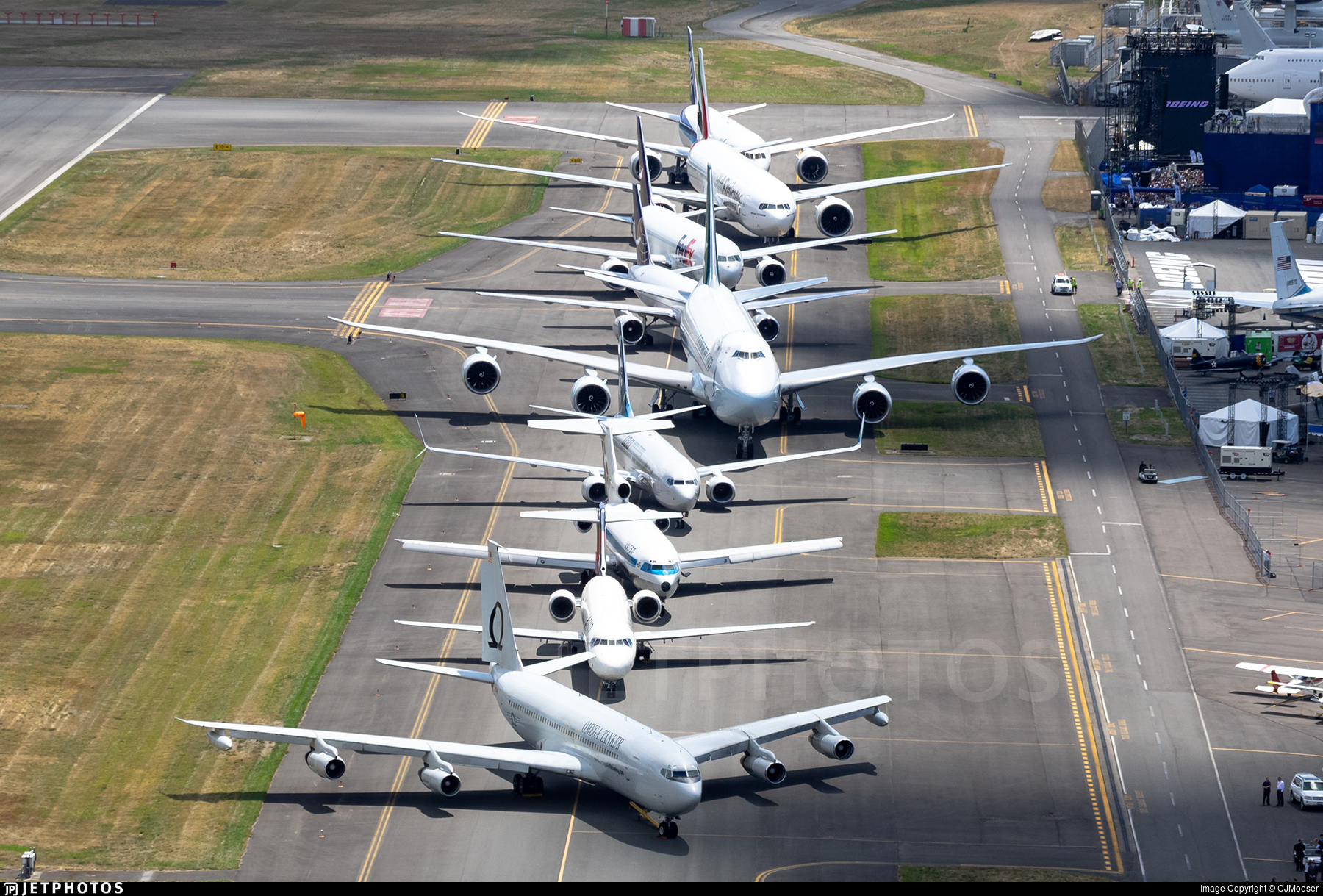The United States government shutdown created travel woes for passengers travelling to or through the country. As a result of the shutdown, there is currently a lack of air traffic controllers, creating serious travel issues for would-be fliers.
The U.S. government shutdown began on Oct. 1 when the government failed to pass the national budget through the Senate. The Republicans, who control both Congress and the House, lacked the 60 votes necessary in the Senate to pass the budget unilaterally without Democrat support.
The opposing Democrats blocked the budget to negotiate the reversal of planned cuts to U.S. Medicaid and health agencies.
The shutdown resulted in approximately 1.4 million U.S. federal workers receiving unpaid leave or working without pay. This is the longest recorded government shutdown in U.S. history.
One of the most visibly affected sectors of the federal workforce has been air traffic controllers, who are paid by the federal government. Given the length of the shutdown, air traffic controller fatigue grew as workers remained unpaid.
This quickly led to staffing shortages. At the Newark International Airport (EWR) in New Jersey, it was reported by a whistleblower that only one certified air traffic controller was managing all flights at the airport for around three hours, from 18:00 to 21:30 on the evening of Nov. 3.
As per the report, the usual number of controllers on staff for this time at Newark is 14. Newark is by no means a small airport; it’s one of the main airports serving the New York City area.
Newark, however, has been plagued with traffic management issues for about a year now, with a minor plane monitoring system failure earlier in the year that resulted in the Federal Aviation Administration (FAA) shutting down traffic at the airport until the issue could be resolved.
A controller who handles Newark airspace told MSNBC that “it’s not a safe situation right now for the flying public. Don’t fly into Newark. Avoid Newark at all costs.”
On Nov. 7, the FAA ordered a four per cent flight reduction at busy airports in the U.S., with intentions of building up to a 10 per cent reduction in capacity at 40 locations across the U.S. This resulted in a slew of cancellations.
The reason for the capacity reduction by the FAA was cited as burnout and mounting pressure on a short staff of air traffic controllers. Given the length of the government shutdown, air traffic controllers have begun to take up side jobs in a bid to hold themselves over financially for the 43 days it took the government to pass the budget.
Despite the government shutdown being over, air travel disruptions continue. Thousands of flights have been cancelled or delayed as travellers face major delays at airports across the U.S. With the holiday season approaching and the U.S. government re-opening, the situation continues to deteriorate at major U.S. airports.

